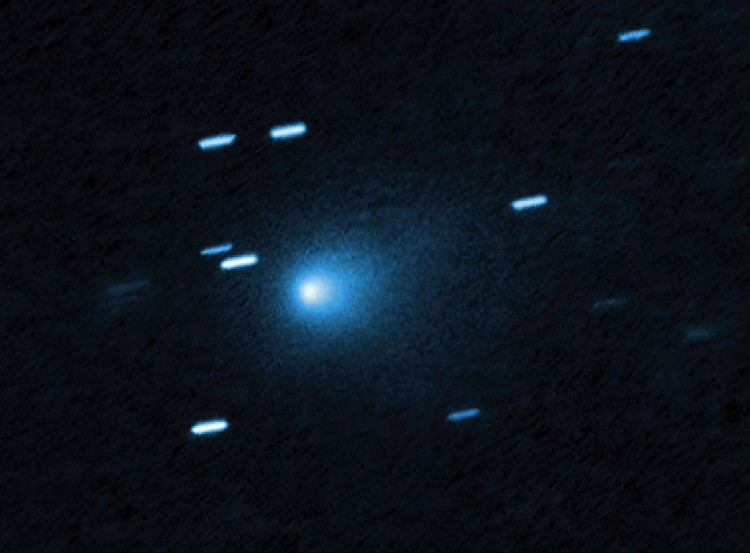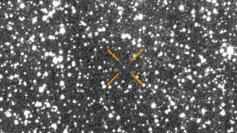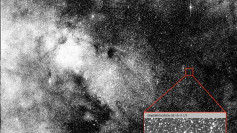Astronomers and space agencies are pushing back against a wave of viral misinformation surrounding the interstellar comet 3I/ATLAS, after a stylised image depicting the object as an "alien artefact" spread widely across X and Instagram. The comet, which will come no closer than 270 million kilometres to Earth, has become the centre of a growing online narrative that conflicts sharply with official observations from NASA and research teams studying the object.
The latest controversy began when the X account UFO mania posted a polished frame with the caption, "Another supposedly 3I/ATLAS leaked Photo... real or fake?" The image showed a sharply contoured, metallic-looking body overlaid with fictional instrument graphics, prompting users to debate whether the shot represented hidden space-agency data. The post quickly migrated across social platforms and triggered a wave of speculative commentary.
Astronomers note that the image contains no time stamps, filters, observatory labels, or scientific metadata-details that accompany every formal release. One user responding to the thread dismissed the supposed leak outright, writing, "Fake as f*. Look at the AI text."** The absence of mission identifiers, combined with generic interface elements, has led researchers to characterise the frame as an artistic rendering rather than an authentic scientific capture.
Space agencies stress that no telescope-ground-based or in orbit-has resolved the solid nucleus of 3I/ATLAS. In the same X debate, Michael McNeil commented directly on the limits of current instrumentation, stating that "neither Nasa's nor anybody else's images of 3I/ATLAS itself-its 3-km (2-mile) nucleus-are worth a damn," and adding that its angular size during the Mars-orbit pass measured "~0.02 arc-seconds." At that scale, he noted, even the Hubble Space Telescope cannot extract any visible structure.
NASA's own public archive reinforces this. Official Hubble frames released in July and August show only a faint coma and diffuse tail-not the defined, sculpted forms circulating online. A NASA Science release from 7 August 2025 emphasised the observational limits: "Though the Hubble images put tighter constraints on the size of the nucleus compared to previous ground-based estimates, the solid heart of the comet presently cannot be directly seen, even by Hubble."
Scientists say the real data consistently depict 3I/ATLAS as a standard comet, despite its interstellar origin and hyperbolic trajectory. In comments published by The Guardian on 11 September 2025, NASA small bodies lead scientist Tom Statler stated, "It looks like a comet. It does comet things. It very, very strongly resembles, in just about every way, the comets that we know."
That assessment is supported by the object's behaviour: a kilometre-scale nucleus, a dust-rich coma, a diffuse tail, and extreme speed as it passes through the inner Solar System. Those characteristics match what astronomers expect from an icy body originating beyond our planetary neighbourhood. As NASA team member David Jewitt explained in the agency's 7 August release, "No one knows where the comet came from. It's like glimpsing a rifle bullet for a thousandth of a second."
NASA officials have also used the moment to correct broader Internet claims suggesting that 3I/ATLAS poses a danger to the planet. According to a November 2025 NASA Science statement, "There is no danger to Earth from this comet, which will come no closer than 170 million miles (270 million kilometres), or 1.8 astronomical units, to our planet."



